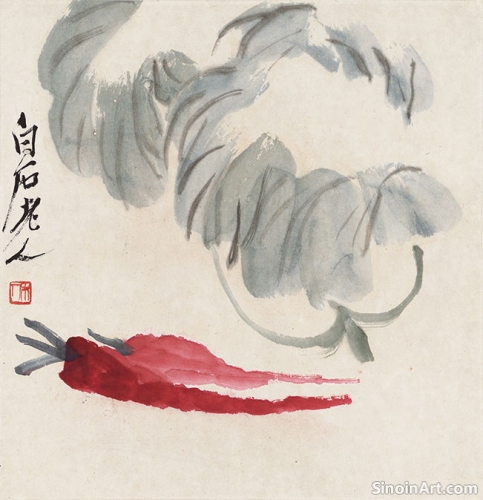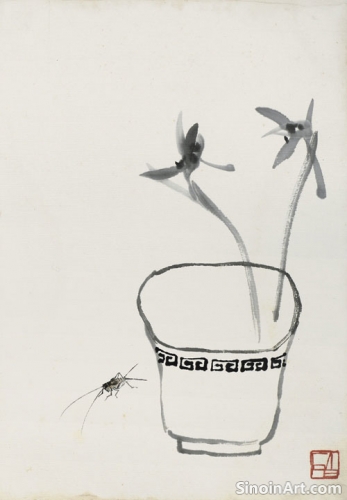Key Techniques in Xieyi Brushwork
|
The techniques of Xieyi brushwork are deceptively simple, demanding years of practice to master. Each stroke of the brush is imbued with intention, reflecting the artist's control over the tools, their understanding of the subject, and their creative spirit. It's not simply about replicating a form but about capturing its energy and essence through the language of ink.  The first essential technique is "line drawing," where the brush is moved in different directions with varying pressure to create lines of different thickness and texture. These lines form the basis of Xieyi painting, outlining forms and capturing their essence. They are not simply outlines; they express energy, motion, and rhythm. A single line can convey a wealth of information about the artist’s intent.  "Splashing Ink" (Pomo) is another core technique, involving applying ink in a spontaneous and expressive manner. This involves quickly loading a brush with diluted ink and applying it to the paper in broad, sweeping strokes. It creates a sense of movement and depth, often used to depict clouds, mountains, or water. It requires confidence and a sensitivity to the ink's fluidity.  The use of "dry brush" is another important element in the Xieyi technique. When the brush is relatively dry, it creates broken, textured lines, which is particularly effective when depicting rough surfaces such as rocks, tree bark, or withered leaves. The dry brush strokes carry their own unique character, adding a layer of texture and visual interest. The use of water and ink wash is crucial. By controlling the amount of water mixed with ink, the artist can create a wide range of tonal values from deep black to light gray, as well as allowing the ink to blend and spread in different ways on the paper. These washes create an atmospheric quality, defining form and depth in the painting. This control is essential for creating subtle and expressive effects. "Negative space," or the blank areas in the painting, are as crucial as the areas of ink. They are not merely empty voids; they contribute to the overall composition, define the forms, and create a sense of balance and harmony. The relationship between ink and void creates a visual rhythm. Mastering the use of negative space is crucial to any Xieyi painter. |
Tag : Xieyi brush techniques, line drawing, splashing ink, dry brush technique, ink wash painting
Related information
- The Role of Calligraphy in Xieyi Painting
- Early Development of Xieyi: Song and Yuan Dynasties
- Xieyi Painting and the Depiction of Animals
- The Legacy of Xieyi: From Tradition to Innovation
- The Enduring Significance of Xieyi Painting
Calligraphy forms the foundation of Xieyi painting, sharing similar brushwork techniques and aesthetic principles. The concept of "bone strength" and the integration of poetry, calligraphy, and painting are central to understanding the connection between these two forms.
The roots of Xieyi painting can be traced back to the Song Dynasty (960-1279), when scholar-officials began to develop a distinctive style of painting that reflected their unique values and aesthetics. The emphasis shifted from courtly patronage to individual expression, setting the stage for the emergence of Xieyi.
Animals are a common subject in Xieyi painting, used to express emotions, convey philosophical ideas, and capture the essence of the animal with simplified forms and spontaneous brushstrokes, relying on cultural symbolism and careful observation of the natural world, often as metaphors for the human condition.
This article traces the legacy of Xieyi painting from its origins in the Song Dynasty to its continuous evolution through subsequent dynasties, exploring its transformation from a tradition to a vibrant contemporary practice.
Xieyi painting's enduring significance lies in its rich history, philosophical depth, and emphasis on personal expression, spontaneity, and the pursuit of essence, connecting with audiences through its timeless aesthetic, connection to nature, and human spirit, while contemporary artists ensure its continued practice, evolution, and relevance in the world of art.